Fashion watches are best defined by what they’re not, rather than what they are. They aren’t concerned with the high-tech features of Japanese timepieces like Seiko or Citizen, nor do they embrace the app-enabled futurism of Apple and Samsung smartwatches. They lack the toughness of rugged Swiss brands like Luminox, Omega or Victorinox.
It’s not about haute horlogerie either – while consumers of fashion watches might admire the elegance of a Rolex, Jaeger-LeCoultre or Patek Philippe, they won’t be keeping their timepiece in the family for generations; nor will they be spending upwards of $10,000.
As it turns out, the fashion watch is not actually a watch at all – it’s an accessory. And in terms of price, design and esepcially marketing, it should be treated as such. Ranging from around $100 to $500, with accessories from around $50, fashion watches are more akin to designer sunglasses than they are to other timepieces.
There’s no denying their appeal to younger consumers either. Jake Kassan, co-founder of US fashion watch company MVMT – which now has revenues of US$70 million per year with 88 per cent of its customers under 35 – recently told the New York Times, “Watches have evolved. Our audience cares more about the style of a watch than its function.”
He added, “The belief that traditional watches are relics of the past is false. Our consumers may not be the most formal in their attire, but they are very intentional. They think about what they wear, about what is on trend and up-to-date... A watch is their statement piece.”
John Rose, managing director West End Collection – one of the leading suppliers of fashion watches in Australia and New Zealand, representing Olivia Burton, Paul Hewitt, Christian Paul, Bering and Ice-Watch among others – has a similar outlook. “Millennials see their watch as an expression of their personality, a fashion item, and will generally purchase a new watch every year or two,” he explains.
This repeat purchase power gives fashion watches an edge for retailers. And while fashion watch brands tend to be as digitally savvy as their target market – with a strong social media and e-commerce strategy – there’s still a place for them in the traditional retail space.
Like all watches, consumers often need to get a feel for a timepiece and try it on in person before they purchase. With many fashion watches designed to accommodate easily interchangeable wristbands and other customisable components, it’s all about the in-store experience.
Dr Eloise Zoppos, senior research consultant and research fellow at Monash University’s Australian Consumer and Retail Studies unit, has found that bricks-and-mortar stores “still hold a special place in the hearts of Australian shoppers”.
“The number of shoppers using physical stores has increased over the past four years,” she says. “In fact, from 2015 to 2018, the number of shoppers always using a physical store increased significantly from 11 per cent to 21 per cent. This increase is thanks to our desire for a more sensory and social experience at physical stores – both of which can’t be replicated online.”
Dr Zoppos adds, “Consumers today want a sensory experience where they can touch, feel and try on products, and they also want a social experience.”
Additionally, some retailers are combining in-store retail with e-commerce; ‘click and collect’ is one way to do this, as is ‘reserve in store’. “This provides customers with a completely integrated online booking platform that allows them to reserve an item in-store to try on within 24 hours,” Dr Zoppos explains. It’s a feature that works well for fashion watches, as well as jewellery pieces.
Here, Jeweller takes a closer look at the fashion watch market and how retailers can take this category to the next level.
Hey, good looking
When it comes to fashion watches, image is everything – both in terms of how the watch itself looks and how it’s marketed.
It’s a competitive sector driven by aesthetics, so design consistency and differentiation is key. Essentially, the appearance of the product should align across all channels both online and off-line, and stand out from other products in the same category.
“The market has changed significantly,” says Phil Edwards, managing director of Duraflex Group Australia which distributes fashion watches including Thomas Sabo, JAG and Police. “There are more competitor brands now and customers are spoilt for choice.”
Rose explains, “Each brand targets a different customer – for example, Olivia Burton targets a female-only audience. It only uses product and floral imagery in advertising and promotional materials, rather than a model or brand ambassador, because Olivia Burton watches appeal to all age groups and demographics.”
While Olivia Burton focuses on florals, Paul Hewitt calls back to its Nordic heritage. Think Scandinavian minimalism – wide, solid faces with fine, slender metal hands – and subtle nautical themes like anchor-shaped hour markers.
However, the brand also caters to its key demographic of Millennials, who are very aware of trends. As a result, rose gold, dark mauve and holographic details have played a role in recent collections. Paul Hewitt’s interchangeable straps are also similar to personalised jewellery in that they can be changed to suit a specific outfit or occasion – putting the ‘fashion’ in ‘fashion watch’.
Cluse, which was founded in Amsterdam in 2013 and is distributed by Heart & Grace, defines itself by simplicity and femininity. Without numbered hour markers, Cluse designs show off the face of the watch, which is decorated with on-trend finishes like marbling, animal print and rose gold. Straps include everything from burgundy lizard to soft grey, changing the look and feel of the watch instantly.
But more than just multiple straps, consumers also aim to buy multiple watches based on the season and rising trends. That’s where competitive pricing comes in. “The younger fashion watch buyer is more influenced by price,” says Rose. “Higher quality watches attract a slightly more mature customer, who is generally discerning about their purchase.” These watches tend to skew higher in price.
A touch of luxury
Rachel Clay is an expert on the watch market and head of influencer marketing and social media at Matter Of Form in London. In contrast to fashion watch consumers, she says that “luxury consumers at the highest end are super-passionate about their watch purchases; they will likely be collectors with a love and respect for the timeless craftsmanship that goes into each timepiece. They view their purchases as investments and view collecting watches as a hobby.”
These consumers tend to be older, wealthier, and willing to wait years – and even undergo an application process – in order to purchase a watch. The design stays the same not just season to season, but generation to generation. Heritage and tradition are the selling points.
The fashion watch market couldn’t be more different. It’s all about younger consumers and the convenience they expect in every form of retail. Trends straight from the catwalk, and increasingly from social media, are featured in the collections, which are released several times per year – nearly as frequently as they are purchased.
But as opposite as the two markets seem to be, they hold some things in common.
Some of the most well-known fashion watch brands – like Daniel Wellington, Olivia Burton and Christian Paul – have a vintage appeal, despite being founded within the last five to ten years.
They frequently claim inspiration from refined European travellers, exotic locations like Cuba, and antiques found at quaint English markets, calling back to the romantic heritage of timepieces without actually having those years of history behind them. Millennials are noted for their nostalgia and love of travel, which perhaps explains these elements in constructing the ‘story’ of the products.
There’s also a sense of quality in the design, with classic elements like Roman numerals, leather or fine-chain metal straps, and subtle logos giving these pieces everyday elegance.
Pierre Cardin, distributed by InStyle Watches, takes a similarly timeless approach – although these watches have a genuine history, being associated with the French fashion designer of the same name. The timepieces offer a slice of designer luxury, incorporating the likes of Australian opal, mother of pearl and crystal into the design, at an affordable price point.
Thomas Sabo watches also have a glamorous feel, targeting a slightly higher price point between $350 and $850. The designs complement Thomas Sabo jewellery and come in a wide variety of styles and finishes.
In retail terms, that sense of ‘light luxury’ as well as emotion and romance are great selling points.
Dr Zoppos notes that “many consumers will seek a luxe experience without the luxury price tag, and also continue to complement their (mostly) High Street apparel and accessories with luxury high-end items.”
For retail jewellers selling fashion watches, this presents the perfect opportunity to combine a mid-priced timepiece with complementary jewellery, such as bracelets, rings and cuffs.
From likes to buys
Like luxury timepieces, consumers also love to show off their fashion watches by snapping photos to share with friends, family and followers online.
The role of social media in fashion watch marketing can’t be overstated; it’s been the cornerstone of multiple companies, as this product category has matured at the same time as the explosion of its ideal marketing partner: Instagram. “For the younger generation, Instagram is the new Westfield – consumers look to Instagram to be inspired, informed and to shop,” says Edwards.
In order to appeal to their target consumers, fashion watch companies must be digitally engaged. The same holds true for the retailers who sell them.
According to Dr Zoppos, consistency is key. “Retailers need to ensure that their physical and digital shopping channels complement each other and offer consumers a cohesive shopping experience. In doing so, it’s key that retailers understand exactly how consumers engage with each platform.”
Clay has some succinct advice for those diving into Instagram. “We are educating all our clients that Instagram profiles are the new websites. Even up to a couple of years ago, if a consumer or brand fan wanted to know more about a product, they would Google it and go straight to the company’s website. Nowadays, they will more commonly search on Instagram first, and go straight to the company’s profile page – making the Instagram profile the first touch-point.”
Indeed, the app has become a powerful tool for both brands and retailers to interact with their customers and drive sales – particularly with younger shoppers. Nearly three-quarters of Instagram users are under the age of 35 and 80 per cent follow at least one business. Even better, 75 per cent of users take action via Instagram – meaning they will click through a good-looking, shoppable post to the website where they can buy the product.
When it comes to fashion watches, this form of social media works like an interactive catalogue. Retailers should post high quality images of fashion watches and always use the associated brand hashtags to boost traffic and sales through the Instagram platform, as well as making sure links to their online shop are visible and easily clicked.
“With Instagram currently trialling in-app purchases in the US with 23 brands, there is increasingly less difference in functionality between what you can do on an Instagram profile and what you can do on a website: you can showcase your full collection and also manage customer service,” Clay says.
“Therefore Instagram profiles now need to be considered as a key online destination and branded with beautiful high-quality content, be well managed with a smart use of highlight albums to replicate website structure, and be super interactive,” she adds.
Alongside how easy it is to display and shop for products, the other advantage of Instagram is the users themselves: influencers, who shape the taste and purchasing habits of their followers.
Cluse has attributed much of its success to social media, harnessing the power of European influencers. It may seem shallow, but partnering with highly engaged accounts with relevant audiences is one of the most useful tools in boosting product sales – and building brand loyalty. Clay calls it “the most powerful form of marketing for almost all sectors, and particularly fashion and accessories”.
While luxury watch brands frequently partner with celebrity ambassadors, having a famous face attached doesn’t always translate to better recognition from consumers.
Meanwhile, far from being household names, influencers have an undeniable power to boost fashion watch brands in the digital realm and increase sales. Put simply, to consumers influencers feel like real people rather than stars being paid to endorse a product.
“Influencers offer key advantages over celebrities – most importantly, they offer peer-to-peer marketing to a self-selected, democratic audience who choose to follow them and engage with their content. The psychology as to why influencer marketing works is simple: people trust people more than they trust brands,” Clay explains.
One of the first fashion watch companies to embrace the influencer trend was Swedish brand Daniel Wellington, which was founded in 2011 – shortly after Instagram itself. Retailers were able to capitalise on Daniel Wellington’s growing social media presence, as it increased curiosity and demand for the watches off-line as well as online.
The strategy was simple, Clay says. “There was no creative, long-term narrative to the campaign; instead influencers were gifted product in exchange for space on their feeds. At this time, when Daniel Wellington began, influencer marketing was in its infancy, which allowed the strategy to work. Nowadays, the industry has evolved.”
Rose notes this evolution in strategy, revealing, “West End Collection has an in-house marketing team who focus a great deal of attention on social media marketing. We work with over 200 Australian and New Zealand-based influencers with a combined reach of over 8 million followers. We recently hosted influencer events in Sydney and Melbourne for Paul Hewitt, which was attended by high profile influencers such as Belle Lucia, Taleisha Bonora and Kristina Mendonca.”
For retailers, it’s important to note that influencer content falls under copyright so cannot be reposted without permission. However, if brands have built strong social media partnerships, the consumer will seek out the product in person.
There’s also nothing stopping retailers from building their own interactive community of followers; encouraging customers to post photos of themselves wearing their new fashion watch is a good place to start, ensuring they ‘tag’ the retailer and the brand, and use the retailer’s own hashtag in the caption.
Whether online or offline, fashion watches have built a strong niche and a loyal consumer base through appealing design, competitive pricing and savvy marketing.
FASHION WATCHES
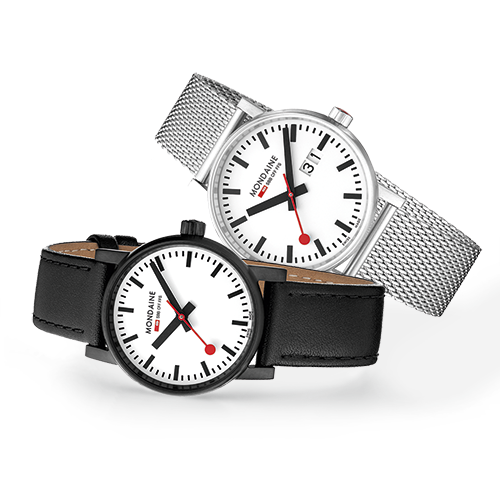 |  | 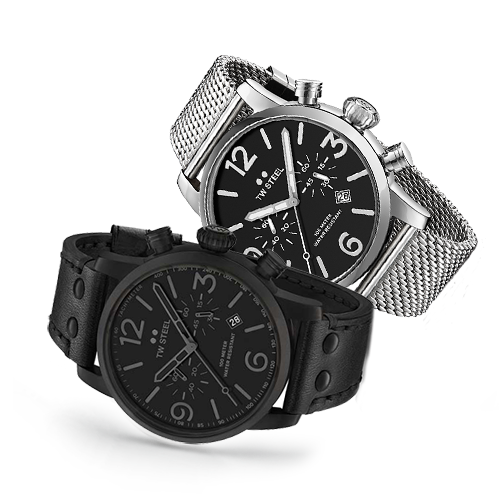 |
Above: Duraflex | Above: Duraflex | Above: Duraflex |
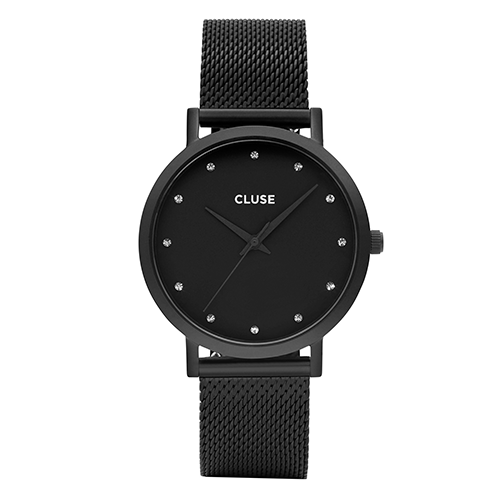 | 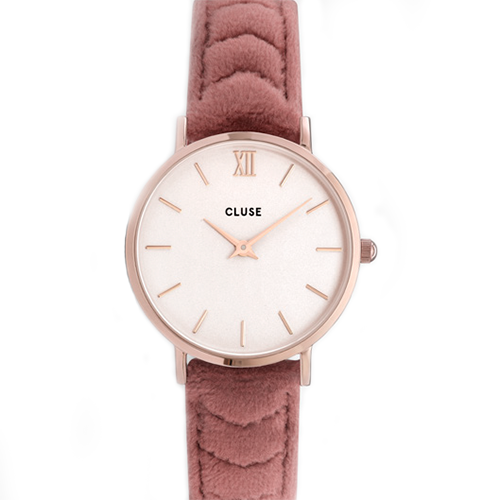 | 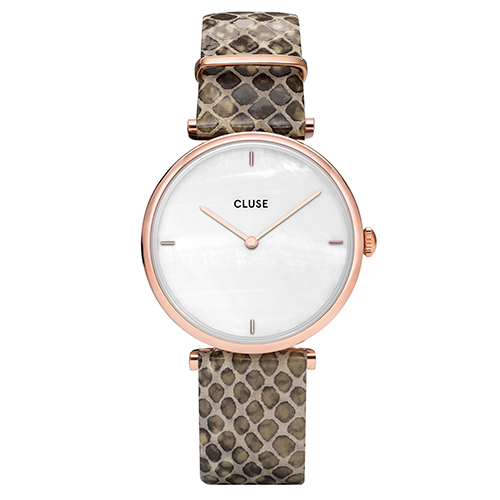 |
Above: Heart & Grace | Above: Heart & Grace | Above: Heart & Grace |
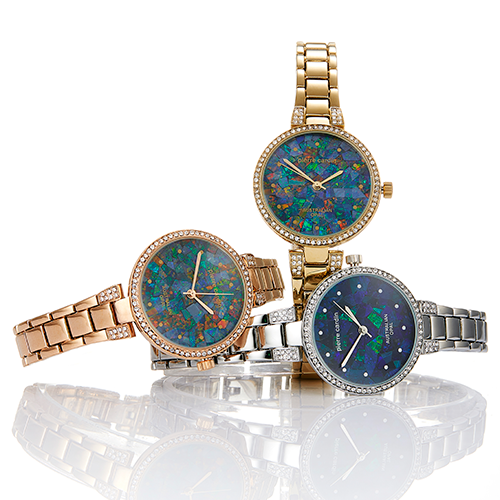 | 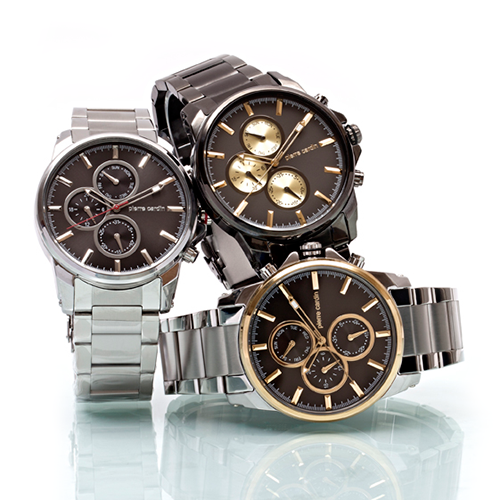 | 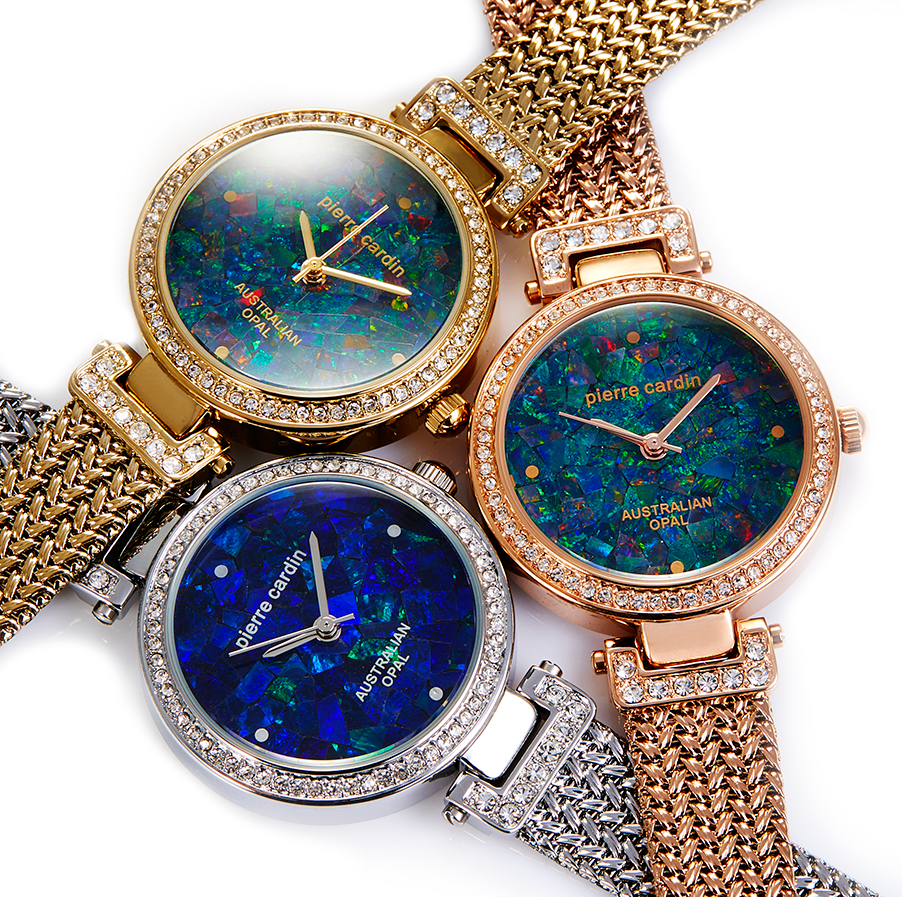 |
Above: InStyle Watches | Above: InStyle Watches | Above: InStyle Watches |
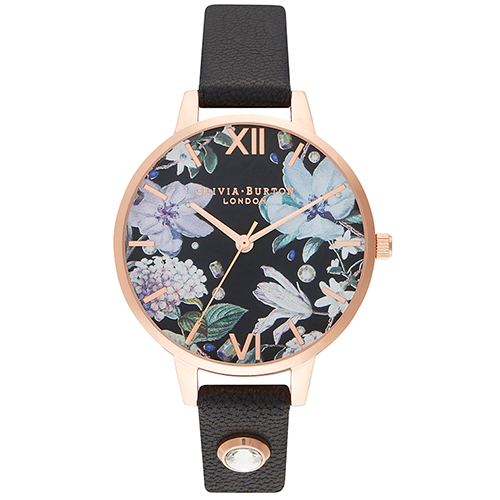 |  | 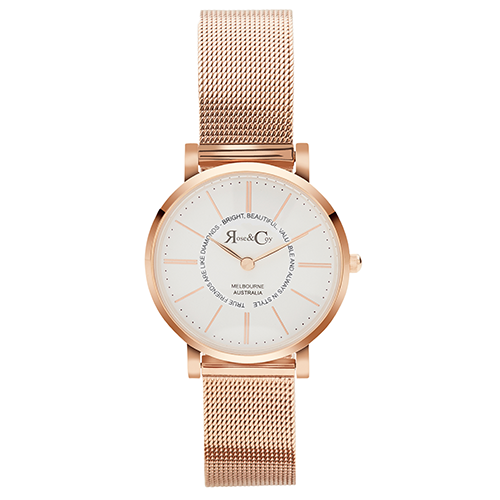 |
Above: West End Collection | Above: West End Collection | Above: West End Collection |